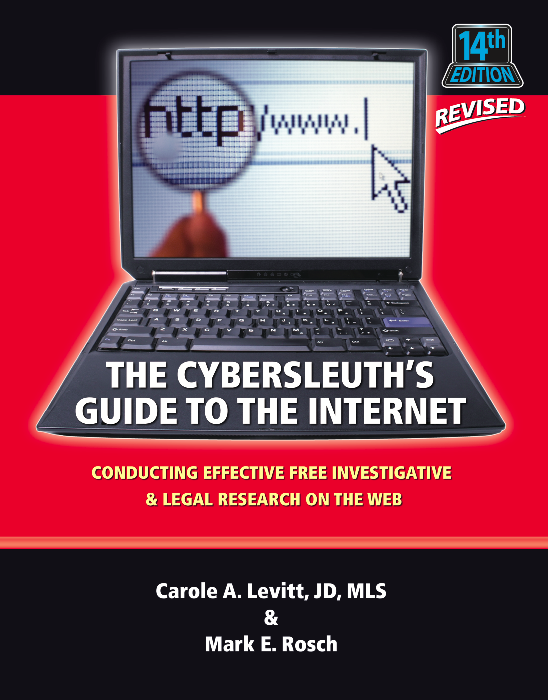It’s smart to include disclaimers in all your e-mail messages, right? A friend of mine summarized her advice at a CLE conference a few years ago as “Disclaim, Disclaim, Disclaim.”
Is it really that easy? Disclaimers have their place, but don’t expect too much from them.
A Lawyerist article entitled This Post is Privileged and Confidential has some good observations on the nearly ubiquitous disclaimers in e-mail messages:
There are several problems with these disclaimers, aside from cluttering up email threads. For one, attorney-client privilege and confidentiality are not the same thing. Without digressing too much, suffice it to say that while all attorney-client privileged communications are confidential, only a small portion of the client information lawyers are required to treat as confidential is also privileged. Another incongruity is that an email intentionally sent from a lawyer to almost anyone except a client will not be confidential or privileged at all (setting aside agents or experts the lawyer may be contacting on the client’s behalf or negotiations subject to a confidentiality agreement or rule). So for the vast majority of emails that lawyers send — to colleagues, to witnesses, to vendors, to friends, to listservs, etc. — the disclaimer is meaningless.
Undermining Disclaimers Through Overuse
Which brings us to the real problem with these disclaimers:
By overusing them, lawyers may be undermining the effectiveness of disclaimers in protecting the confidential or privileged nature of the information in the email in the (hopefully) rare event that an email is misdirected (or inadvertently produced in discovery).
In Scott v. Beth Israel Medical Center Inc., 847 N.Y.S.2d 436, 444 (2007), the court refused to find that a series of emails were privileged just because they contained a disclaimer that was found in every email sent by the plaintiff. Moreover, by overusing disclaimers and privilege warnings, lawyers are training the world to ignore them — which is precisely what we don’t want people to do.
Want to keep your communications confidential? Encrypt them.



